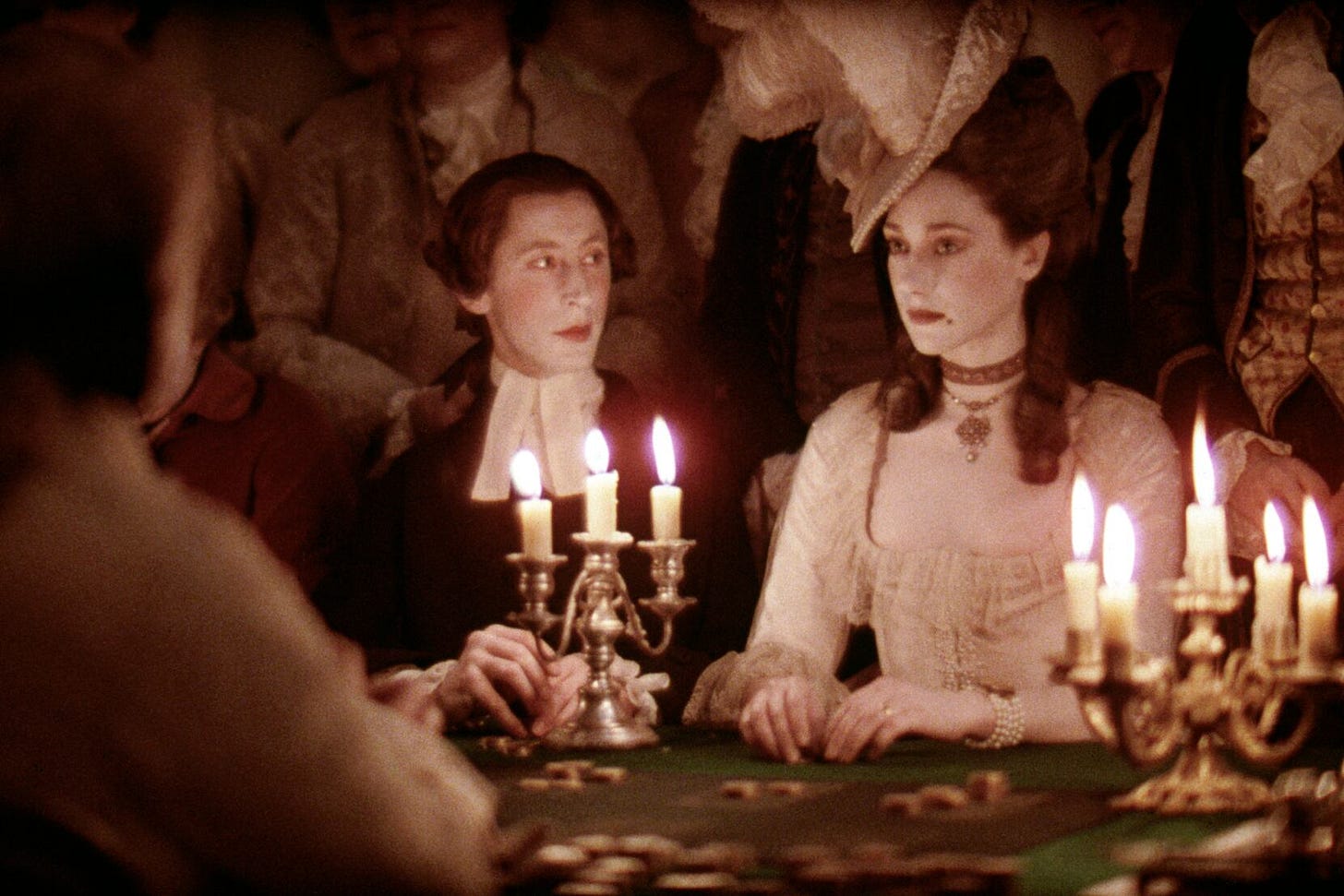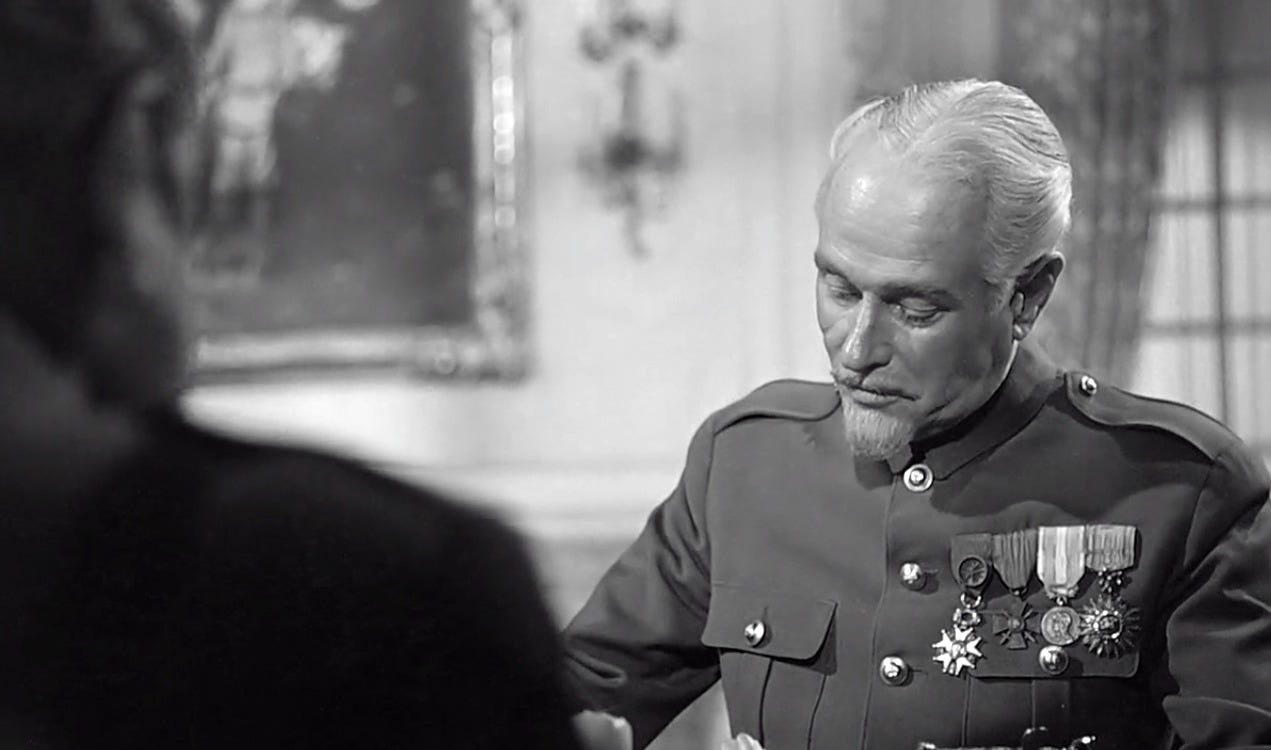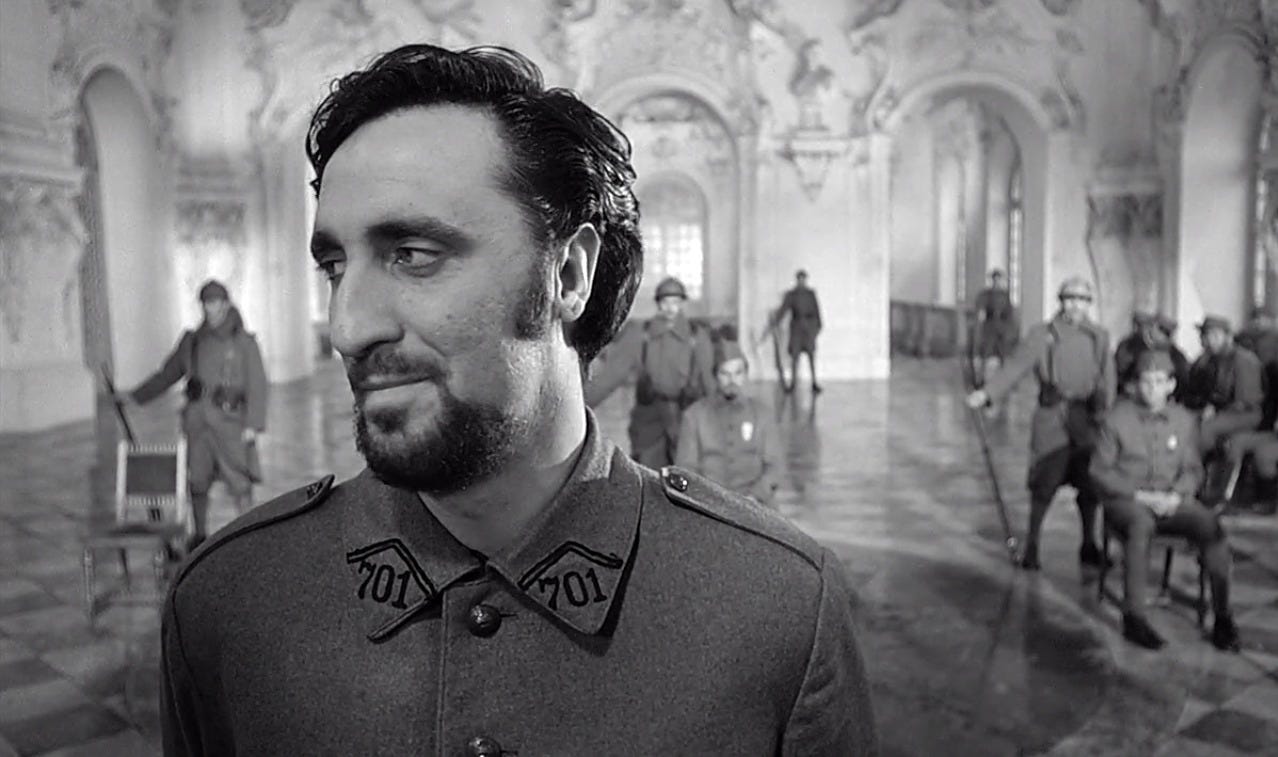Visual Literacy and how it relates to all Media - Part 1
Unfortunately, you're probably visually illiterate and don't know it.
I’ve resisted writing this piece for a while because it’s incredibly nuanced and we’re not a society that rewards that…which is probably a good reason why I should have wrote this sooner.
The rise of AI generated deep fake videos is an ever increasing threat, but my biggest fear is how AI, streaming, and social media is dumbing down audiences. I feel it is more important than ever to train people in how to digest what they’re seeing with their eyes and ears so they know how it affects what’s behind their eyes and in between their ears.
In part 1 of this series I want to teach you the basics of visual literacy. In part 2, I’ll talk about in different media forms outside of film. Part 3, will be a deep dive into AI and I’ll teach you how to spot it.
A brief note on my expertise
There are only few subjects to which I would call myself an expert and only one subject to which I believe I have any authority. Today’s topic is about that one subject.
What gives me any sense of authority? My knowledge and experience. I’ve worked in every form of media known to humanity. I’ve worked on narrative feature films and Television, Short Films, Documentaries, Reality TV shows, Commercials (long and short form), Streaming, YouTube Content, Social Media Campaigns, Infomercials, Photo Shoots, Podcasts, Radio, Theater, Live Broadcast, and most recently Live Sports Broadcast. In studio and out on location.
I’ve worked on them all and I’ve worked on them all in almost every capacity from being an intern and Production Assistant to being the Writer, Director, Producer, and Editor. From development to Pre-Production, to Production, to Post-Production, to Distribution. I’ve gotten my hands dirty and played in almost every sandbox (Acting, Art Department, Camera, Costume, G&E, HMU, Production, Post Production, Sound, SPFX).
I write this not to boast (That would require having money to which I do not), but to point out that I know what the fuck I’m talking when I tell you how the sausage is made because I’ve birthed the pig, raised and fed it from a piglet into a hog, slaughtered and butchered it, and then served it to you and cleaned up the toilet after you’ve ate it. There’s been many many tears and triumphs along the way to gaining this knowledge.
Visual Language
When you watch ANY piece of media, whether it be a movie, TV show, YouTube video, IG story, Tik Tok whatever the heck it’s called, you’re not just watching random images with sounds. You’re watching a language with its own vocabulary and grammar. Unfortunately, most people are illiterate. You are most likely illiterate.
What is visual language? I’ll let George Lucas explain the basics.
Angles, lenses, framing, composition, motion, lighting, production design, costume design, color, lines, and much more. Think of these as nouns, verbs, adjectives and punctuation marks of a sentence that subconsciously express the viewpoint of the filmmaker(s).
I’m not going to break down every type of shot you see and it’s meaning, FILM RIOT does a good job of that if you’d like to check it out. Instead my goal here is to get you to start thinking consciously about what a filmmaker is trying to say until you can instinctively understand it without thinking,
How an actor moves within a scene (blocking) and how the camera moves is the context in which the Director speaks to you. There is of course the actor’s performance which can further change the meaning based on what has or hasn’t happened in previous scenes, but it’s always in relation to how they’re framed and edited within a space.
There’s 3 different types of camera work and 3 basic types of lenses that you should always be aware of and you should always be thinking about, “Where is the camera? Why is it there? What type of lens is it using?”
NARRATIVE
This the camera moving without regard to an actor or object. It’s flowing freely throughout a space “narrating” and telling us what to look at to give us certain information.
It has an opinion and is telling you what to think about by telling you what to look at.
This is an example of a more benign narration, a fun way to open a film and give us information and set the mood.
TRACKING
Very basic, this is when the camera tracks or follows a person or object. Most films, especially blockbusters use this type of camera work. Essentially it’s the type of camera work that makes you forget the camera is there so you’re fully immersed in what you’re watching.
This can have both an opinion on what you should be watching, but it can also be somewhat voyeuristic depending on the composition (framing and lens) of the given shot.
This is an example of a more voyeuristic tracking shot where the performance and framing invite us to be a fly on the wall of the scene.
VOYEURISTIC
The fly on the wall. The camera is locked off and not moving causing the audience to look and listen to whatever is happening on and off screen.
Of the 3 types, this is the type of camera work that is the most objective, it doesn’t have an opinion but invites you to think.
This locked off kitchen shot makes us feel like we’re almost a security camera watching the scene unfold. It’s the only character not moving in the scene as we watch someone on drugs and someone acting inappropriately as a police officer and as an audience member we just want to escape but are forced to watch.
WIDE ANGLE LENS
A wide angle lens is a focal length short enough (typically anything below 50mm on a 35mm camera) that it cause objects in front of the camera to appear bigger and objects farther away to appear smaller. It elongates the image and makes things move slower on the X-axis.
It also allows for the entire frame to be in focus thus giving a sense of space without telling our necessarily to “focus” on any one thing unless it’s closer or farther away.
NORMAL LENS
A “normal lens” usually a 50 to 70mm lens is a lens that doesn’t have any special characteristics.

TELEPHOTO LENS
A telephoto lens has a long focal length exceeding 70+mm and therefore crushes an image or flattens it. We use telephoto lenses to focus on one thing and then blurring out whatever isn’t in focus.
All 3 of these types of camera works and lenses can be used within a scene or scenes and flow back and forth. That can be overwhelming to think about. So what you should concentrate on is just thinking about is this; Where is the camera? Why is it there? What type of lens are they using and why? Where is the camera? Why is it there? What type of lens are they using and why? Get it? Got it? Good!
Over time you will notice it almost unconsciously and better understand how visual language speaks to audiences subconsciously.

Sound
The biggest hole in every film school is recording and understanding the use of sound. The relation that sound and the absence of sounds has to the images you are watching is exponential. We can’t talk about visual literacy without understanding how sound impacts it.
DIGETIC meaning sounds that comes from within the scene such as a character talking, someone cooking, someone playing music in the background. A sound effect. It belongs to the world we are seeing.
NON-DIGETIC are sounds that come from outside of the world such as music, a Voice Over, or any sound that doesn’t belong with what we’re seeing.
Of these types of sounds, obviously music has shown to be the most powerful in communicating with an audience on how you should feel. I break it down into 4 types”
ATMOSPHERIC, creating a vibe, a sense of mood for what you’re watching.
ACCENTUATING something is happening and we want to turn up the emotion you’re feeling. Who couldn’t find their courage with this music swelling?
FORESHADOWING to inform you something is about to happen like a character coming in. Like a shark coming.
CONTRAPUNTAL simply meaning counterpoint. This is the most fascinating because it makes us feel something that maybe we shouldn’t feel. Like a sick and violent scene feels fun like below:
EDITING
Most human beings know what an edit or cut (because you had to cut and splice the film together originally to make an edit), but just to cover our bases, it’s simply going from one shot to another. I’m not going to expand on this too much.
Editing is writing and within a visual moving picture medium, it is the penultimate word next to how it is exhibited.
There’s many reasons for an edit. Pacing, impact, to reveal new information, etc. Again, if you want to learn more, go read famed editor, Walter Murch’s “In the Blink of an Eye.” but I’ll get more into this in the next 2 parts .



Very informative since my knowledge in this sphere was one drama class and a lot of time as a drama dud-bud. 😁
Ride for ruin and the world's ending...🧐🤔😵😜